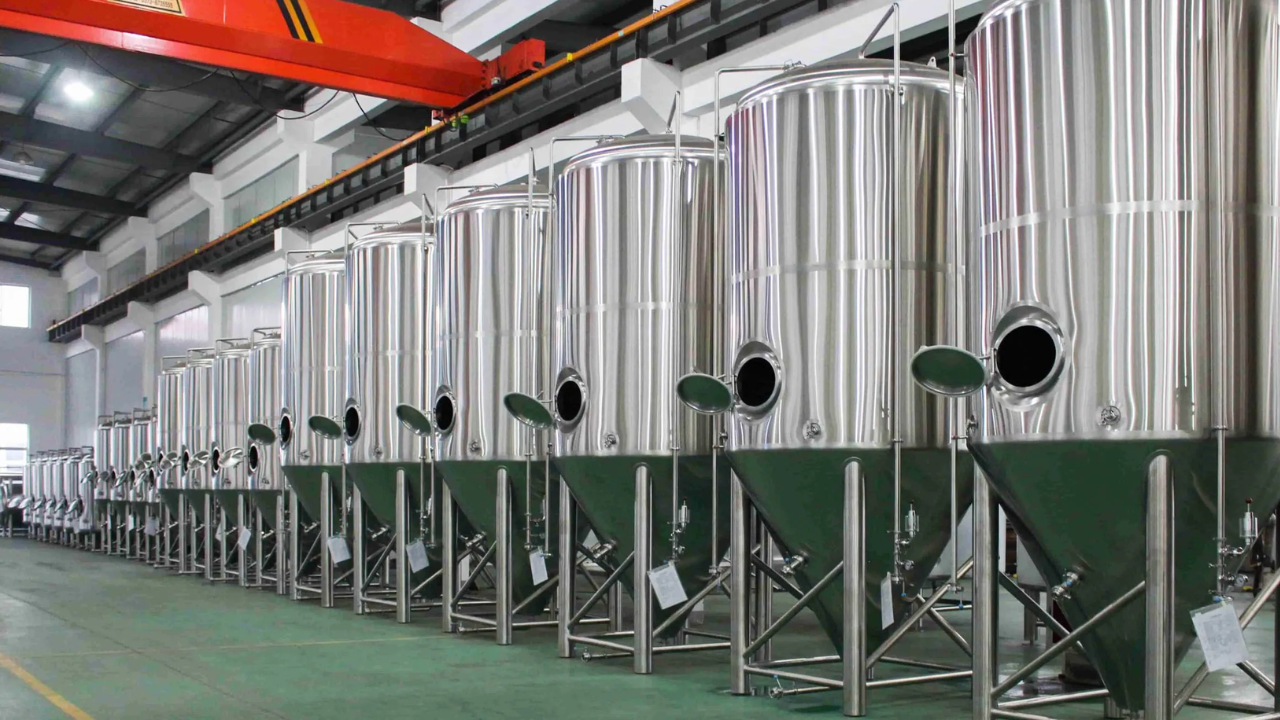Picking the proper tank for your beverage production determines how well you make products while staying within safety rules. The wrong tank choice will affect your product quality through contamination and might break production schedules. Since 1971, Sinoprettech has grown to be China’s top stainless steel vessel producer by helping beverage businesses find custom tank solutions that fit industry developments.
Selecting suitable tanks for beverage production helps you deliver steady results and maintain clean standards while expanding your operations. The different steps of beverage production, including blending, holding, fermentation and chilling, depend on tanks that meet precise hygiene and technical specifications.
Determining the Right Tank Type for Your Process
You need to pick a tank design that fits your production activities. Mixing tanks need consistent blending, while fermentation tanks must manage to escape gas and control temperatures. The beverage storage tanks depend on steady conditions to keep products safe. Tanks with dissolving or resin-absorbing capabilities work best for drinks with multiple ingredients that need controlled chemical processes.
Select a tank that suits your beverage’s properties when mixing ingredients and adjusting temperature levels. Knowing how your production steps work determines which storage equipment you need, from buffer tanks to chillers and insulation materials.
Evaluating Tank Material
The choice of materials directly impacts how well the tank can withstand damage and resist corrosion. SUS304 stainless steel works for many typical tank applications. When working with acidic or corrosive substances, select SUS316L stainless steel beverage tank. This grade resists corrosion better than other materials, even in demanding environments.
Shop for stainless steel tanks made with premium materials produced by Baosteel and POSCO mills. Suitable welding coils help tanks perform better and stay safe while following standards longer.
Considering Volume and Capacity Specifications
Tank capacity affects how well you make batches and how much product you can produce. Choosing the accurate tank capacity for your production needs helps you maintain steady operations at micro batches or continuous processes. Incorrect selection of tank size disrupts how you use available space and move materials through your workflow.
Plan for your business to grow in the future. You can reduce costs and maintain production continuity by selecting modular tanks that fit expanding production lines.
The Role of Welding and Surface Finishing in Tank Hygiene
Aseptic production depends on how well manufacturers build their tanks. Our welding requirements demand 100% TIG welds since this technique creates flawlessly uniform seams. A certified welder who uses burr-free methods in welding prevents harmful microorganisms from entering the system. Seam finishing through grinding and pickling ensures your tanks stay easy to clean and ready for FDA inspections.
Selecting Proper Tank Parts for Your Specific Requirements
Precision matters at every stage. You can set liquid flow levels with multi-position valves to control different production stages. Sanitary EPDM gaskets last long while ensuring safe usage. Custom fittings make it easy to link tanks directly with automated systems or processing systems.
Conclusion
The selection of an appropriate tank depends on how it fits your production methods while ensuring superior material integrity and proper capacity along with hygiene features. Sinoprettech brings its 5+ decades of beverage manufacturing expertise to design heavy-duty solutions that meet your production requirements. Choose tanks that meet your needs for product safety and efficient production while helping you expand your business.
